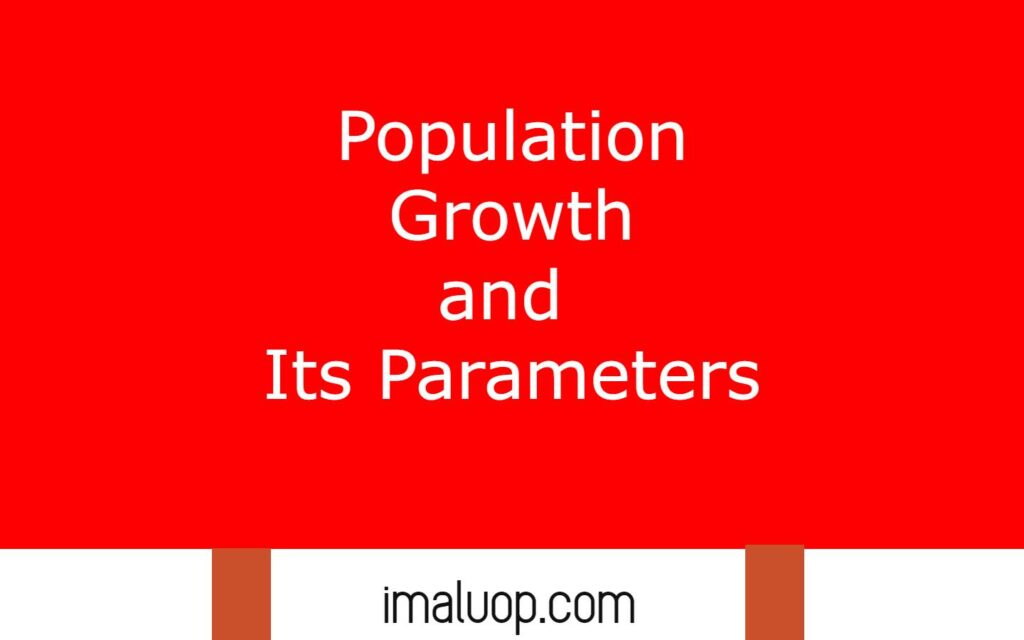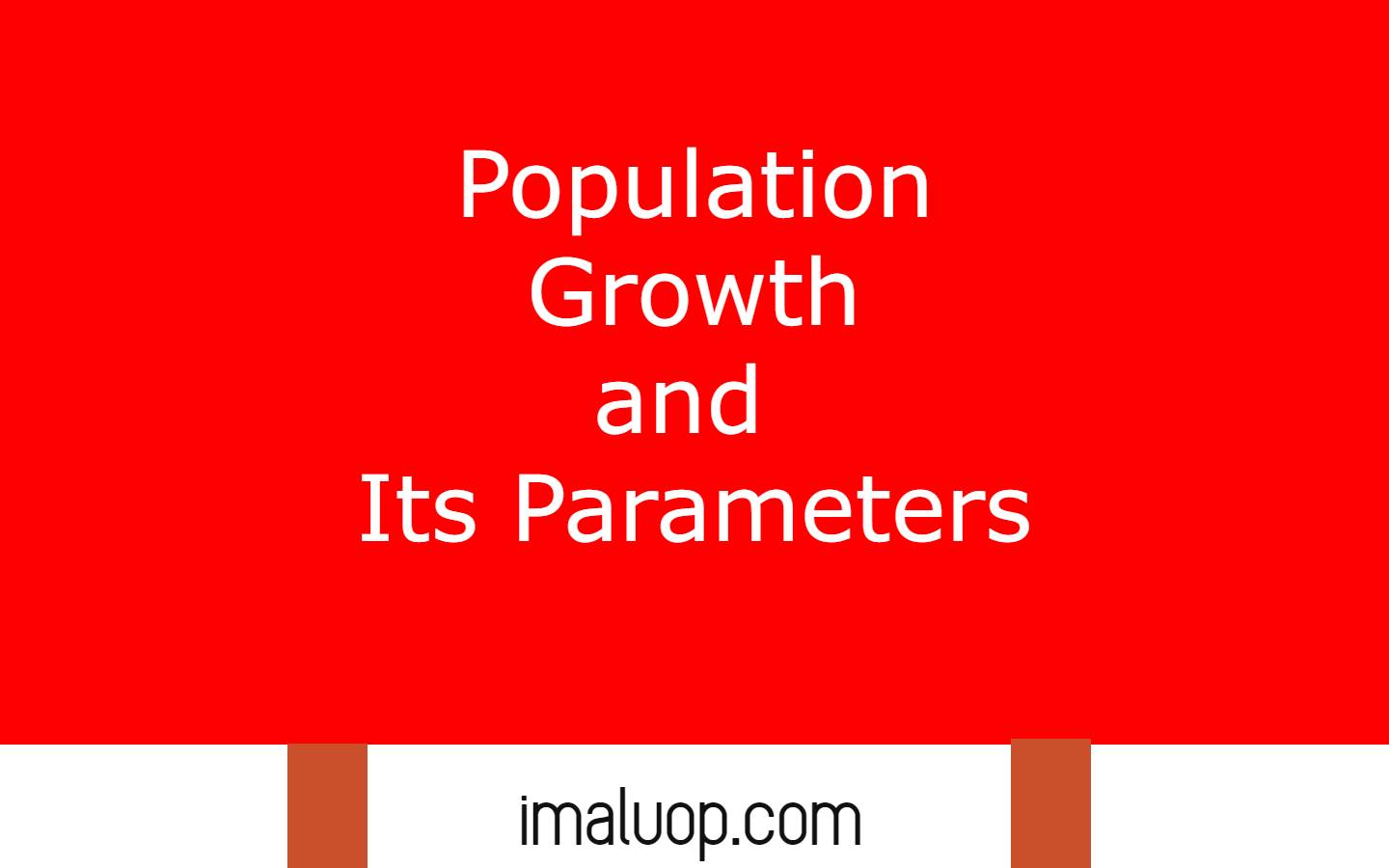Hi, today we are going to discuss demographic issues on population growth and its parameters. It is now a very important issue about our earth and our society we should understand different types of parameters which control the population growth of an area.
Human population growth is very high in some countries which makes a headache for our society because the resources are not growing at the same rate as compared to the population growth.
The limited resources for growing human population facing human beings to tough challenges to maintain basic requirements of a person. So it is time to understand different factors which determines the population growth is very useful for population growth control.
Table of Contents
Factors Which Control Population Growth:
Four major factors determine the nature of population growth – Natality, mortality, immigration and emigration in a population.
Natality:
The new members added due to birth in a population during a span of time is called Natality which influences positively the growth of the population.
Mortality:
It is the deduction of members in a population due to death of the members of the population in a given time period which has a negative impact on population growth.
Immigration:
When some organisms come to join a population for various reasons then the members of the population increase which is called as immigration and it gives a positive impact on population growth of an area.
Emigration:
When a portion of a population leaves their population and goes away to anywhere it causes a decrease in the number of members in a population called emigration and it has a negative impact on population growth.
So it is clear now to you that some factors like natality and immigration try to increase the population growth while some factors like mortality and emigration cause decrease in population growth.
So we want to estimate the growth rate of a population at a moment then we have to consider four parameters of the population – natality rate of the population at that time, mortality rate of the population at that time, immigration during this time period and emigration during this instant.
Suppose initial population density in an area is P(0) now we are going to measure the population density at a given time is P(t) and other factors like natality rate of the population is N, mortality rate is M, immigration rate is I and emigration rate is E then the relation between the all factors is P(t) = P(0) + (N + I) – (M + E).
Different Types of Growth Model in a Population:
Different types of growth patterns occur in different populations which give rise to different types of growth models which we will discuss below.
Exponential Growth:
If it is possible to supply unlimited resources like food and nutrition to a population then the population growth in a very high rate exponentially. In such a case if the population growth rate is plotted against time then it gives a ‘J’ shaped curve which indicates exponential growth in the population.
But the exponential growth model is not very common because most of the population resources are very limited as compared to the requirements of the population.

Logistic Growth:
It is the most frequently observed growth model in our nature because most of the population suffer from limited resources. This type of growth model shows the reality of a population where nature can not support the population over a limit when all resources are exhausted.
Carrying capacity is used for the limit of resources beyond which population growth halts due insufficient resources. In logistic Growth population growth until the resources present in sufficient amounts after which population growth becomes constant.
Reference: Population Growth and Its Parameters
Read More: Natural Resources Management Principles
Hi Everyone!!! Welcome to Imaluop. Imaluop always try to learn some new and he want to share to other people. Here we will try to learn various topics on Science, specially on Biological Sciences.
